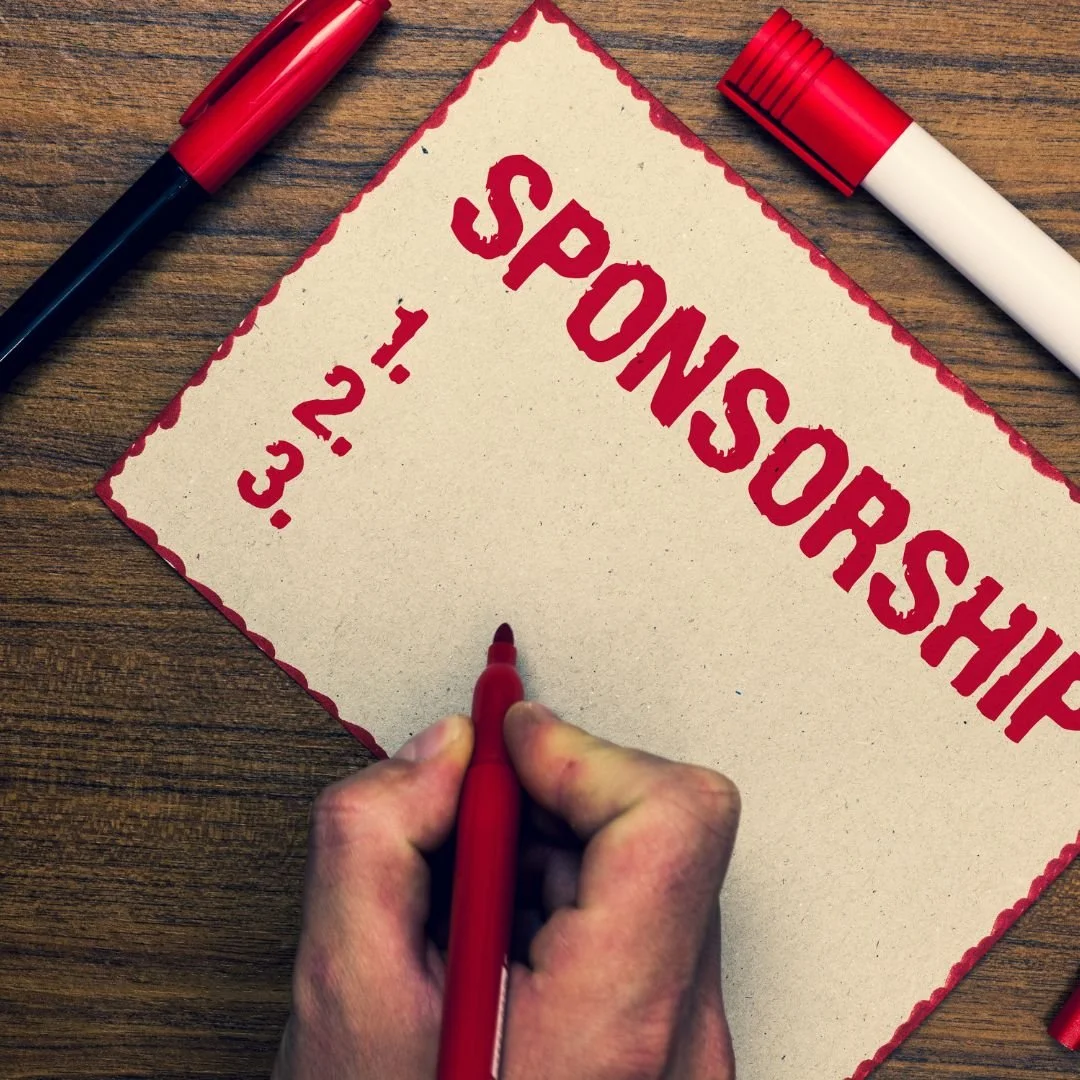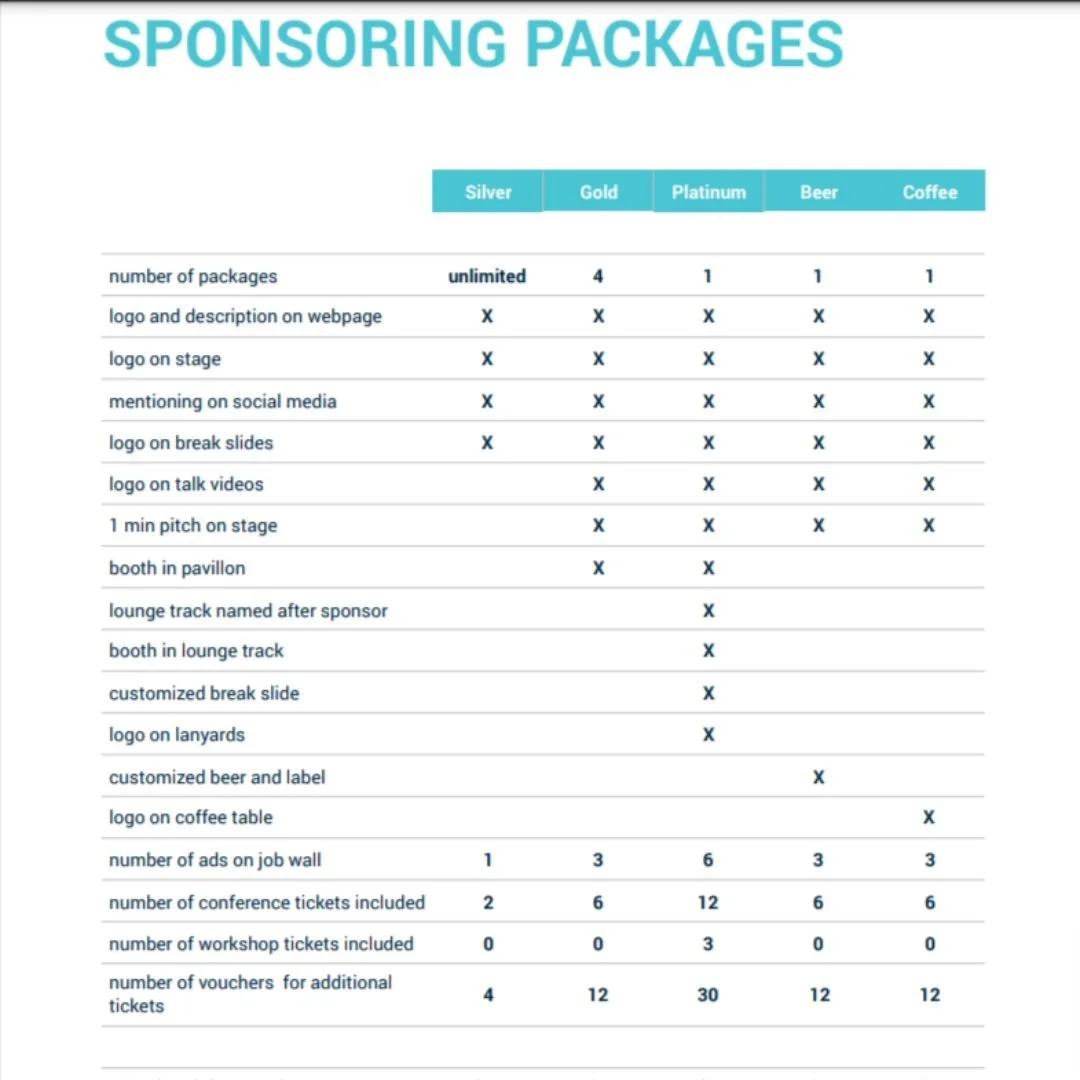Sponsorship Basics: How to Win Partners and Influence Donors
There are two kinds of sponsorships: cash sponsorship, where a company generously opens its wallet for some sponsor benefits, and in-kind sponsorship, where a company provides products or services for sponsor benefits. Today, we're diving into the wonderful world of cash sponsorships! These not only fund your event but also give businesses a chance to shine like a diamond in the charity spotlight, boosting their brand image and community involvement.
Identifying Sponsorship Benefits
Before you start wooing potential sponsors, you need to figure out what shiny benefits your event can offer them. Think of these benefits as the glittering bait that makes your proposal irresistible. Here are some common sponsor benefits to consider:
Naming Rights: Give them the opportunity to have their name on everything from the event itself to specific areas like the check-in desk or selfie station.
Category exclusivity: No two companies from the same industry allowed—because who wants to share the limelight?
Logo Rights: Their logo gets prime real estate before, during, and after the event.
Event Website & Emails: Links that lead back to their website—because who doesn’t want a little traffic?
Printed signage, programs, posters, tickets, wristbands—they’ll be everywhere!
Sampling opportunities: Perfect for product-based companies to show off their goods.
Verbal Acknowledgement: Because nothing says "thank you" like a shout-out during the event!
Audience Engagement: Opportunities for sponsors to engage directly with attendees
Dedicated social media posts
Company name in press coverage
By clearly defining these benefits, you can create a compelling case for why a business should support your event. Now get to writing down all those bene’s you can sell.
Pricing the Benefits
Once you've identified the benefits, it’s time to put a price tag on them. Here are some tips to help you avoid pricing yourself out of a sponsorship deal:
Know Your Costs: Calculate your total event budget—venue, catering, marketing, staff—everything! Aim for sponsorships to cover at least 50% of these costs.
Research Comparable Events: Check out what similar events charge for sponsorships. You want to be competitive but not too cheap!
Balance Cost and Value: Make sure your pricing reflects both what it costs you and what value it brings to sponsors.
For example, if renting a stage costs $7,500, consider pricing that sponsorship benefit 1.5 up to 1.7 times more (which means between $11,250 and $12,750). And remember, if it’s your first rodeo, you might need to lower prices until you can show off some impressive numbers next time.
Create Sponsor Packages
When packaging benefits, avoid slapping logos everywhere like you're decorating for a birthday party. Instead, create targeted packages that align with sponsors' goals. Here are two ways to structure your packages:
Sponsorship Levels: Offer tiers like Platinum (the VIP treatment), Gold (a solid mid-tier option), Silver (a decent choice), and Bronze (entry-level).
A la Carte Options: Let sponsors mix and match from your benefit list—this could lead to more cash flow!
Clearly outline what each package includes:
Pre-event Marketing: Website exposure, email blasts, social media shout-outs.
Event Access: Tickets galore and VIP access.
Brand Delivery at Event: Signage and live social media mentions.
Post-event Marketing: More emails and social media love after the event.
Sponsorship Levels Might Look Like:
"We Kinda Like You" Tier: Small logo, big heart
"You're Our BFF" Tier: Massive logo, VIP treatment
"Superhero Sponsor" Tier: Your logo is basically the event's co-star
Creating a Sponsorship Deck
Your sponsorship deck is like your event's resume—make it shine! Here are key elements to include:
Event Overview: Briefly introduce your event's purpose and history.
The Cause: Explain why this event matters and how funds will be used.
Sponsorship Benefits: Tailor these to align with potential sponsors' business objectives.
Sponsorship Packages: Clearly present options without revealing individual prices (trust me on this one!).
Visual Appeal: Use high-quality images and a clean layout—no one wants a cluttered mess!
Call to Action: Wrap it up with an enticing invitation for them to join in.
Resources to Create a Sponsorship Deck:
Canva
PowerPoint
Google Slides
Adobe Express
Piktochart
BIG NOTE: DO NOT—and I can’t stress this enough—DO NOT include a page listing all sponsor levels with their individual prices. Seriously! That’s like inviting someone over for dinner and then serving them instant noodles while asking them how much they’re willing to pay for each noodle! This is the best way to get the least amount of money from a sponsor. Trust me; you want them feeling like they’re getting VIP treatment—not haggling over prices like they’re at a flea market!
No matter which theme you pick, the goal is simple: have fun, spread awareness, and raise money for your cause. These laugh-out-loud ideas will ensure everyone walks away with a smile—and maybe a little lighter in the wallet (for a good reason, of course)!
Final Thoughts
Cash sponsorships are a vital component of fundraising for charity events. By identifying the right benefits, creating attractive sponsorship packages, pricing them appropriately, and presenting your offer in a professional sponsorship deck, you can attract sponsors that align with your event’s goals and values.
With the right approach, you’ll not only raise the necessary funds but also build lasting relationships with sponsors who may support your cause for years to come.





